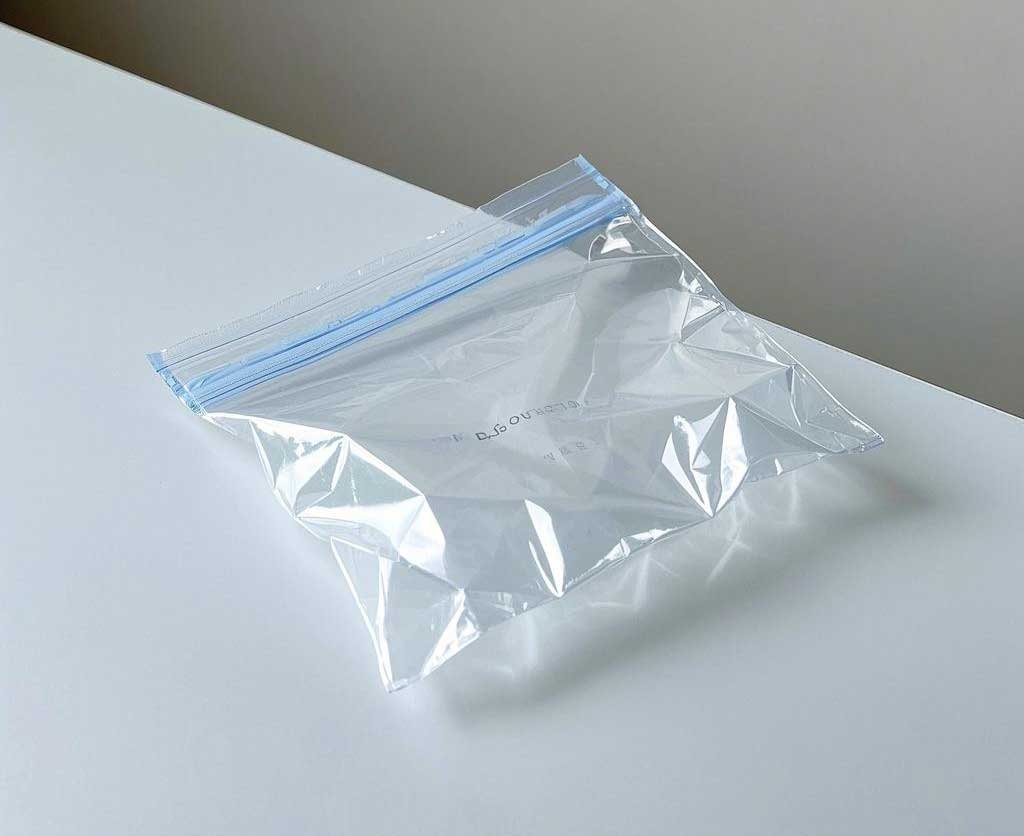Antimicrobial Agents in PE Films: Applications and Insights
In an era where hygiene and product integrity are of utmost importance, the integration of antimicrobial agents into polyethylene (PE) films has emerged as a pivotal advancement. This article delves into the various aspects of this innovative approach, exploring its significance, mechanisms, and diverse applications.
The Basics of PE Films
PE films, crafted from polyethylene, are renowned for their distinctive properties. Their flexibility allows for easy manipulation and adaptability in various applications. Additionally, they possess excellent moisture resistance, safeguarding products from the detrimental effects of humidity. Their chemical stability ensures they can withstand a range of environmental conditions without degrading.
These properties make PE films incredibly versatile. In the packaging industry, they play a crucial role in food packaging, preserving the freshness and quality of perishable items. For industrial products, they provide a protective barrier against external elements. In the agricultural sector, PE films are used in greenhouse construction, creating a controlled environment for plant growth. They also serve as mulch films, enhancing soil conditions and promoting crop development.
Importance of Antimicrobial Agents
Despite their many advantages, PE films are vulnerable to microbial contamination. Bacteria, fungi, and other microorganisms can easily colonize these films, especially in warm and humid environments. This contamination poses a significant threat to the products they encase.
The consequences of microbial growth on PE films are far – reaching. It can lead to product spoilage, rendering food inedible and reducing the shelf – life of other goods. Moreover, it can pose a serious risk to human health, as the consumption of contaminated food or contact with contaminated products can cause various illnesses. Economically, it results in substantial losses for businesses due to product recalls and waste.
Types of Antimicrobial Agents and Mechanisms
Inorganic Antimicrobial Agents
Silver – based antimicrobial agents are highly effective due to their unique mechanism of action. Silver ions interact with the metabolic processes and genetic material of microorganisms, disrupting their normal functioning and ultimately leading to their death. However, they come with a relatively high cost and may cause discoloration of the PE film.
Zinc oxide, another inorganic option, generates reactive oxygen species that can inhibit microbial growth. It offers a more cost – effective alternative, but its antimicrobial activity may not be as potent as that of silver – based agents.
Organic Antimicrobial Agents
Quaternary ammonium compounds work by altering the permeability of the microbial cell membrane. This change allows essential cellular components to leak out, effectively killing the microorganisms. While they act rapidly, some quaternary ammonium compounds may have an impact on the environment.
Phenolic antimicrobial agents denature microbial proteins, rendering them inactive. They are known for their strong antimicrobial properties, particularly against fungi. However, concerns about potential odors and toxicity need to be addressed.
Incorporation Methods
Compounding
The compounding method involves mixing the antimicrobial agent with the PE resin during the manufacturing process. This approach is straightforward and can be easily implemented on a large scale. Usually an antimicrobial PE masterbatch is made firstly and then the masterbatch will be mixed into the PE pellet during production.
Surface Coating
Surface coating entails applying a layer of the antimicrobial agent onto the surface of the already – formed PE film. This method has the advantage of not affecting the bulk properties of the film. However, ensuring the adhesion of the coating is crucial, as a poorly – adhered coating may flake off over time.
Application Fields
Food Packaging
In the food packaging industry, antimicrobial PE films play a vital role in extending the shelf life of products. For fresh produce like fruits and vegetables, these films help prevent spoilage caused by mold and bacteria. In the case of processed foods, they inhibit the growth of microorganisms that can lead to product degradation, maintaining the quality and safety of the food.
Healthcare
In the healthcare sector, antimicrobial PE films are used in the packaging of medical devices. This ensures that the devices remain sterile during storage and transportation, reducing the risk of infections. They are also incorporated into disposable hygiene products such as gloves and masks, providing an additional layer of protection against the spread of pathogens.
Conclusion
In conclusion, the use of antimicrobial agents in PE films is a significant innovation with far reaching implications. By understanding their types, mechanisms, incorporation methods, and applications, we can better appreciate their role in enhancing product safety, extending shelf life, and safeguarding human health.


-300x210.jpg)
